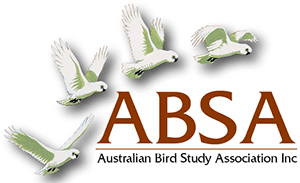MANAGEMENT OF HUMAN VISITATION TO SEABIRD ISLANDS OF THE GREAT BARRIER REEF MARINE PARK REGION
| Posted: |
05/08/2021 |
| Author(s): |
Kees Hulsman, Paul O'Neill, Peter Ogilvie, Tony Stokes |
Millions of seabirds of 22 species breed on over 78 islands surrounded by the Great Barrier Reef
Marine Park (GBRMP) of Australia. Although many of the islands are Queensland national parks, some
are part of the GBRMP, are vacant crown land or are under a lease arrangement. The importance of
the islands to the breeding of each seabird species varies from those that provide for significant
numbers with predictable, regular breeding to those with insignificant numbers and/or unpredictable
sporadic breeding. The number of tourists visiting the Great Barrier Reef (GBR) has increased
enormously in recent years and the trend is expected to continue. During the past decade, park
management agencies have been hard put to respond adequately to the large increases that are
occurring in tourist and private recreational use on the Reef. Many places previously considered to be
remote are now within one-day cruising range of major urban centres due to advances in vessel
technology. Increasing tourism is bringing increasing demand to allow visitation to previously unvisited
places and to vary the nature of existing visitation. Currently about 20 per cent of the Great Barrier
Reef region and more than 30 per cent of seabird islands are within one-day operational range of
major mainland departure points. By 2001 it is possible that over three-quarters of the region and its
seabird islands will be within one-day range. Such advances in vessel technology are expected to
exacerbate the demand on park management to 'cater for' visitors and to 'open up' new areas. The
current growth in 'ecotourism' may also foster an increasing demand for tourist visitation to seabird
islands. This paper examines access to GBR seabird islands for commercial and private recreational,
research and other purposes in the light of increasing visitation to the Reef. The current management
of human visitation to the islands is outlined. The paper concludes that human visitation to certain
tropical seabird islands on the GBR is sustainable and justifiable provided that it is well regulated and
that adequate monitoring occurs. A code of conduct for people visiting seabird islands is proposed. A
project to prepare Australian national guidelines for the management of human visitation to marine
islands with breeding seabirds is now underway.
>> Download Abstract |
File Size: 133KB
>> Download Complete PDF | File Size: 1MB
